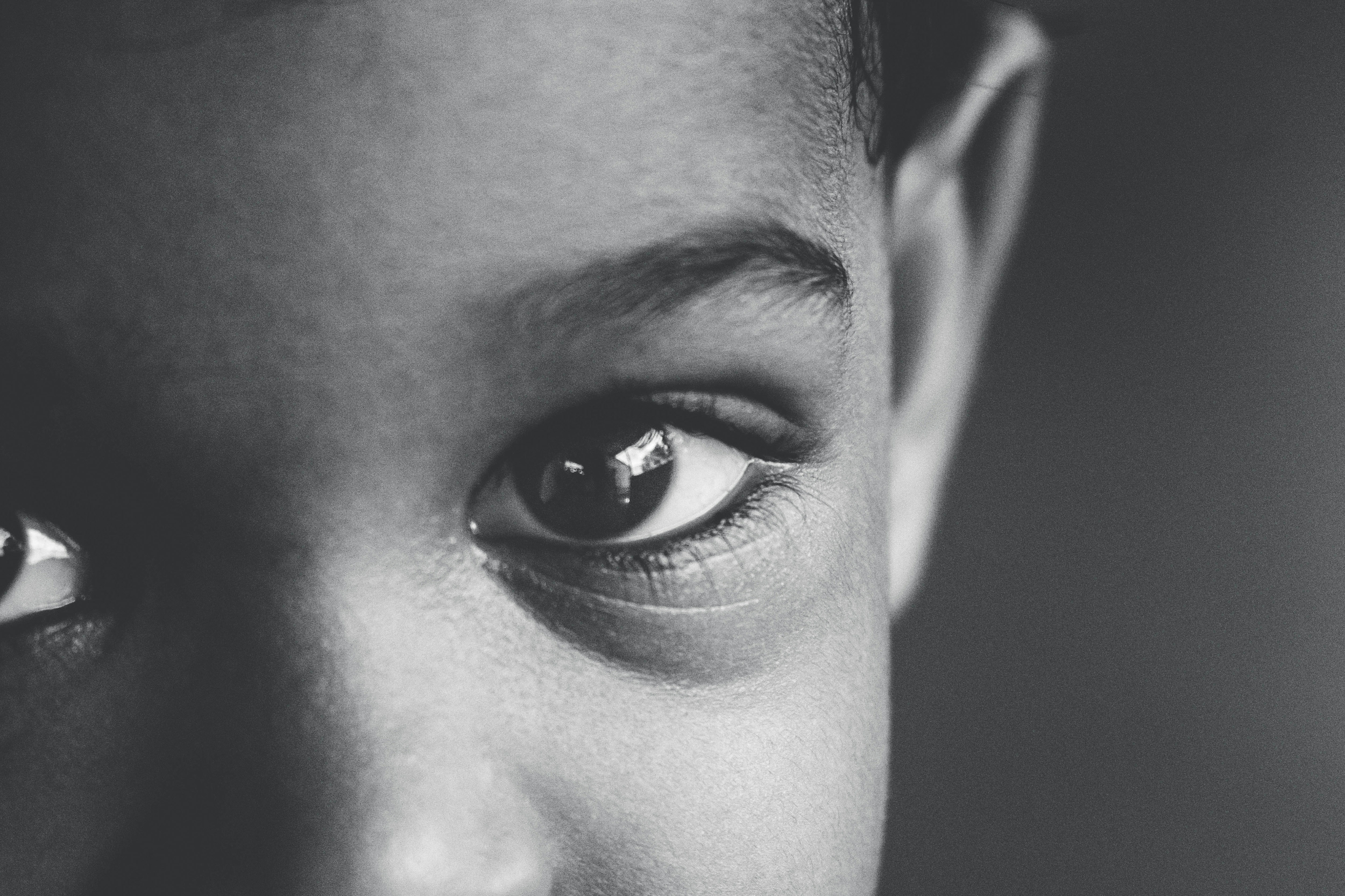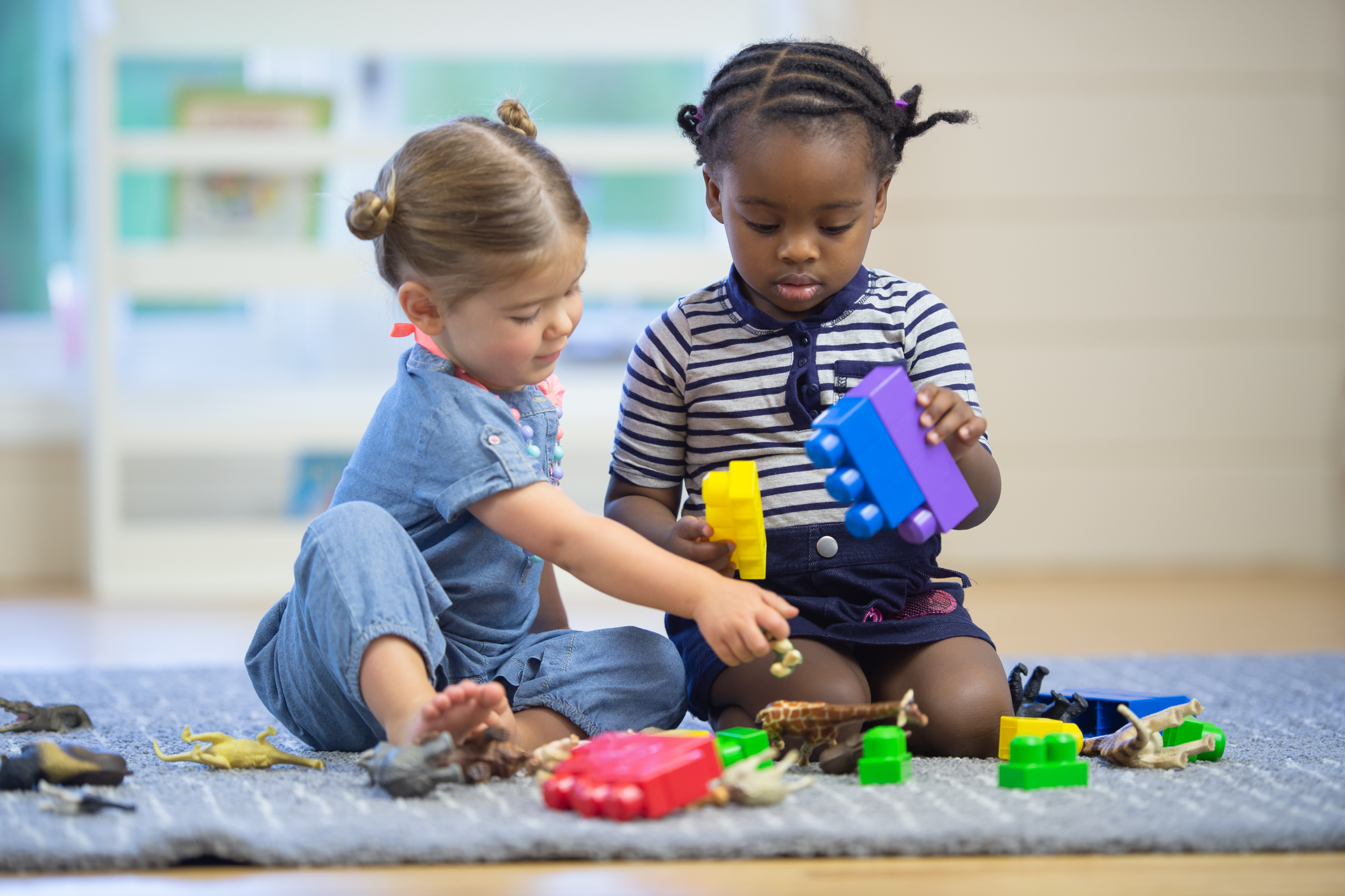Typical Traits Related to Birth Order
Approximately 80% of children in the United States grow up with at least one sibling[1], which makes us consider: how does having a sibling affect a child’s social development and personality?
Comprehensive MedPsych Systems (2023) built a very thorough description and explanation for the traits that are often associated with each birth order. While these will not be applicable to everyone and all families, they are commonalities found among a family’s oldest child, middle children, youngest child and children without siblings based on parenting style and familial structure.
For example, a family’s oldest child (i.e., firstborns) are often responsible, independent, perfectionistic, rule-followers, role models, and hard workers. These traits are often developed from the attention that firstborns receive due to being the only child, as well as the care that first-time parents generally have with their oldest children. Parenting can be extremely scary and difficult; therefore, first-time parents are typically stricter. Further, because this is their only child, they are able to devote all of their attention to this child. As siblings are introduced into the family, older children tend to develop leadership skills and responsibility as they are deemed as role models, often helping with household tasks (e.g., babysitting, chores).[2]
Middle children are often diplomatic, adaptable, funny, creative, sociable, rebellious, and competitive. These children are often trying to compete for attention with their other siblings and tend to be typically very flexible and more comfortable “going with the flow”. Middle children also have the unique experience of being the youngest child for some time before another sibling is born, but then can experience a shift toward the character of an older sibling, especially if there is a large age gap between them and the first-born.[3,4]
Youngest children are often outgoing, dependent, easy-going, mischievous, and free-spirited. They are typically deemed “the baby of the family” because they are not only the youngest, but also receive more attention from their parents as their siblings get older. Additionally, they tend to receive a more lenient and laid-back parenting style as third-time parents become more comfortable parenting. Dr. Catherine Salmon, a professor of psychology at the University of Redlands and co-author of The Secret Power of Middle Children, explains that “In general, high agreeableness, extraversion (the social dimension) and openness are associated with youngest children, and sometimes low conscientiousness due to lack of responsibilities and parental indulgence over expectations.”[5]
An only child shares many traits with first borns such as independence and leadership, but they are also known to be mature, loyal, sensitive, and confident. They are typically raised with their parent’s full attention, and as an only child, may be raised with higher expectations and pressure.[6] Krynen (2011) notes that the intelligence and motivation achievement scores are significantly higher, and they typically complete more years of education as well as obtain more prestige than those with siblings. Only children are also known to be very creative and imaginative, as they often spend more time alone and therefore, are more likely to invent imaginary friends or scenarios.[7]
The Effect of Siblings on a Child’s Social Development
Sibling relationships are often vastly underestimated in their importance. While research often evaluates the effects of parental behavior on children’s development, their sibling relationships are often overlooked. However, Dr. Shawn Sidhu from the University of New Mexico, explains that siblings are often consistent sources for support and aid in the development of positive emotional competence because we share more information and confide in our siblings more often than we do our parents, specifically regarding topics such as friendships, relationships, and school.[8]
Siblings also appear to one another as consistent sources for support and help children learn how to manage conflict and various socio-emotional skills at a young age, while many children without siblings don’t learn these behaviors until preschool or kindergarten. McHale et al. (2012) explains, “Through their conflicts, for example, siblings can develop skills in perspective taking, emotion understanding, negotiation, persuasion, and problem solving. Notably, these competencies extend beyond the sibling relationship and are linked to later social competence, emotion understanding, and peer relationships. In adolescence, siblings also contribute to positive developmental outcomes, including prosocial behavior, empathy, and academic engagement.”[9] McHale also confirms that those with close sibling relationships often have better mental health, better psychological health, and better social relationships.[10] Furthermore, even if siblings struggle to get along as kids, psychologist Jill Suttie (2022) explains that sibling relationships do change throughout their lifetime and often siblings become closer as they reach and extend into adulthood.[11]
While there are many positive effects that siblings can have on a child’s development, there are also some negative effects that can occur depending on the circumstances. Because a child is often surrounded by their siblings more than almost anyone else, an unhealthy or toxic sibling relationship can have detrimental effects on a child’s social development. Since siblings are often seen as support systems and are consistent in a child’s life, bullying from a sibling can be more devastating than peer bullying, as their home is no longer an escape.[12]
Furthermore, psychiatrist Shawn Sidhu explains that children are often compared to their siblings in academic or athletic settings by coaches, teachers, and peers, which can lead to children internalizing their incompetence in comparison. This causes lower self-esteem, and can drive a wedge in their sibling relationship.[13]
Lastly, since older siblings are often role models for their younger siblings, negative or unhealthy behavior by the older siblings can introduce and encourage bad behavior for younger siblings.[14] Suttie (2022) explains, “Research confirms that if siblings have hostile or conflicted relationships when young, it can increase their risks of suffering anxiety, depressive symptoms, and even risky or antisocial behavior later in adolescence.”[15]
While several debates remain regarding which situation is better for a child’s development, having siblings or being an only child both have their unique sets of pros and cons. Additionally, while research has found that a person’s birth order tends to predict specific traits in each child due to both different parenting techniques and sibling competition, these traits are also affected by a slew of environmental factors such as the child’s age, sibling age gap, and family income.[16]
If you or someone you know would like to learn more about or are struggling with their family dynamic, please reach out to a licensed mental health professional (e.g., a psychotherapist, psychologist or psychiatrist) for additional guidance and support.
Contributed by: Kendall Hewitt
Editor: Jennifer (Ghahari) Smith, Ph.D.
References
1 Weir, K. (2022). Improving Sibling Relationships. American Psychological Association, 53(2).
2 What Your Sibling Birth Order Reveals About Your Personality Traits (Even If You’re an Only Child). (2023). Comprehensive MedPsych Systems. https://www.medpsych.net/2021/08/19/what-your-sibling-birth-order-reveals-about-your-personality-traits-even-if-youre-an-only-child/
3 Ibid.
4 Shanley, S. (2015). What Happens When The Youngest Child Becomes the Middle Child. The Washington Post. https://www.washingtonpost.com/news/parenting/wp/2015/03/23/what-happens-when-the-youngest-child-becomes-the-middle-child/
5 Comprehensive MedPsych Systems (2023)
6 Ibid.
7 Krynen, C. (2011). The Rise of Single-Child Families: Psychologically Harming the Child? Intuition: The BYU Undergraduate Journal of Psychology, 7(1)(3). https://scholarsarchive.byu.edu/cgi/viewcontent.cgi?article=1191&context=intuition
8 Sidhu, S. (2019). The Importance of Siblings. The University of New Mexico Health Sciences Newsroom. https://hsc.unm.edu/news/news/the-importance-of-siblings.html
9 McHale, SM., Updegraff, KA., & Whiteman, SD. (2012). Sibling Relationships and Influences in Childhood and Adolescence. J Marriage Fam, 74(5), 913-930. doi:10.1111/j.1741-3737.2012.01011.x
10 Suttie, J. (2022). How Your Siblings Can Make You Happier. The Greater Good Science Center at the University of California, Berkeley. https://greatergood.berkeley.edu/article/item/how_your_siblings_can_make_you_happier
11 Ibid.
12 Sidhu (2019)
13 Ibid.
14 Ibid.
15 Suttie (2022)
16 Comprehensive MedPsych Systems (2023)







